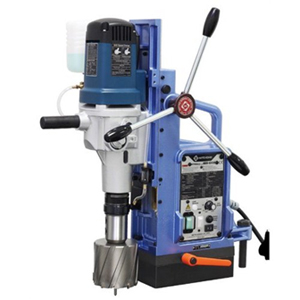Schedule a Call Back
Engineering Innovation Driving Industrial Decarbonisation and Energy Security
 Articles
Articles- Aug 30,25
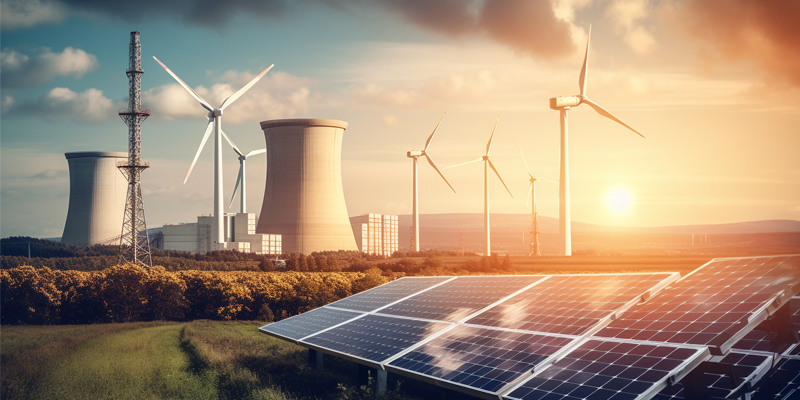
Related Stories
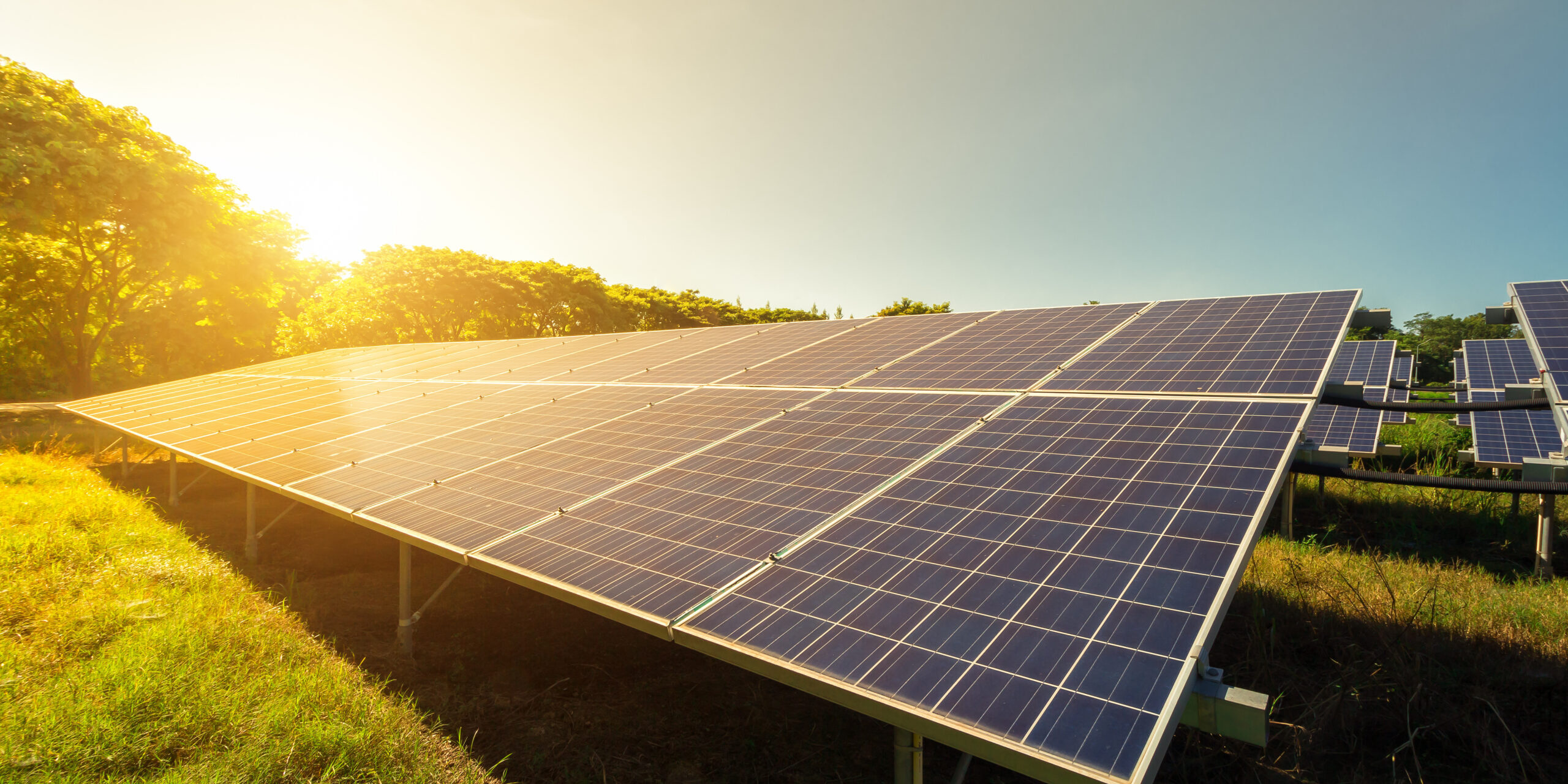
India’s Solar Module Capacity to Cross 125 GW, Raising Surplus Fears
Industry faces overcapacity risks as production triples domestic demand
Read more
India Triples Rare Earth Magnet Investment to Cut China Reliance: Report
India is set to boost its rare earth magnet manufacturing capacity by nearly tripling its incentive programme to over Rs 70 billion ($788 million), aiming to reduce reliance on China.
Read more
India Approves Rs 55 Billion in Projects to Boost Electronics Components Manufacturing
The Indian government has approved seven key projects worth over Rs 55 billion to enhance domestic electronics components production.
Read moreRelated Products
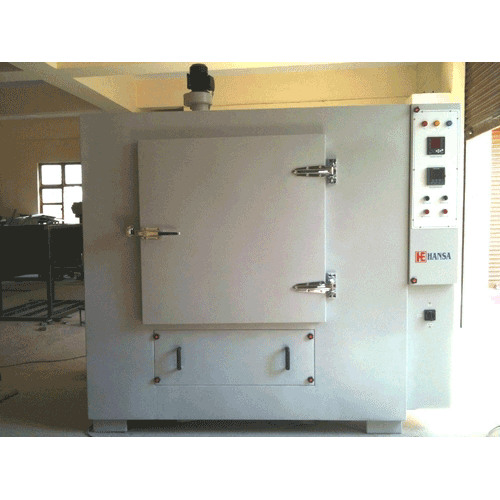
Heavy Industrial Ovens
Hansa Enterprises offers a wide range of heavy industrial ovens.
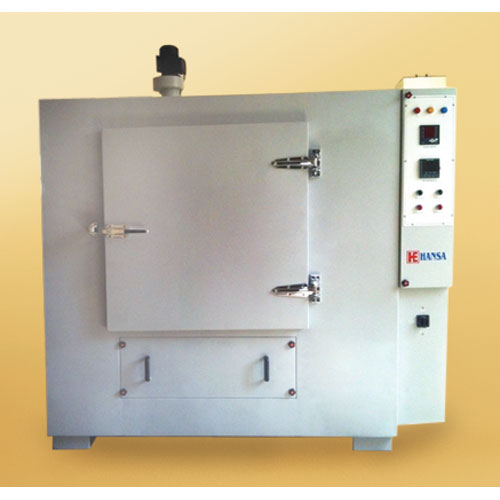
High Quality Industrial Ovens
Hansa Enterprises offers a wide range of high quality industrial ovens. Read more

Hydro Extractor
Guruson International offers a wide range of cone hydro extractor. Read more








